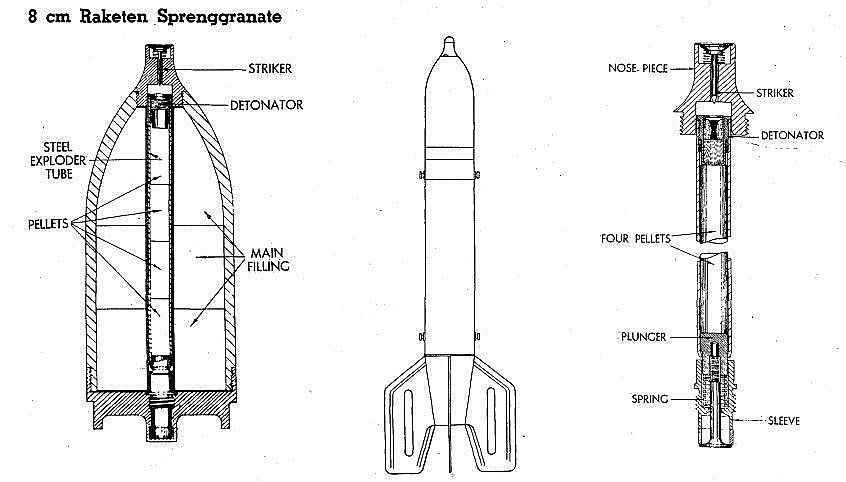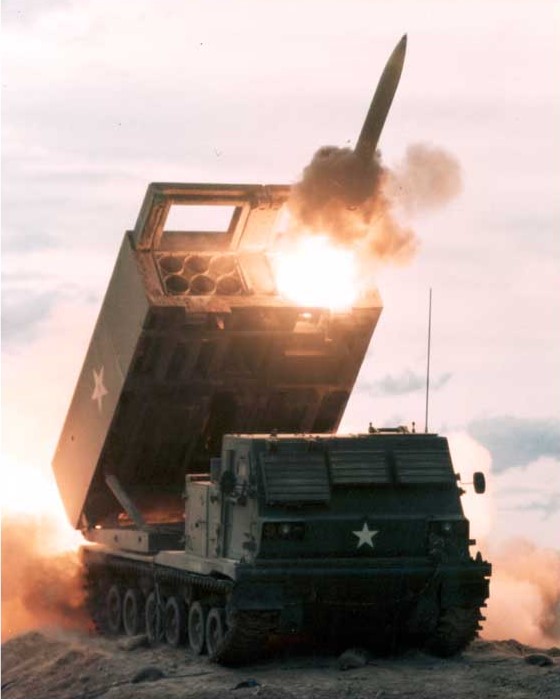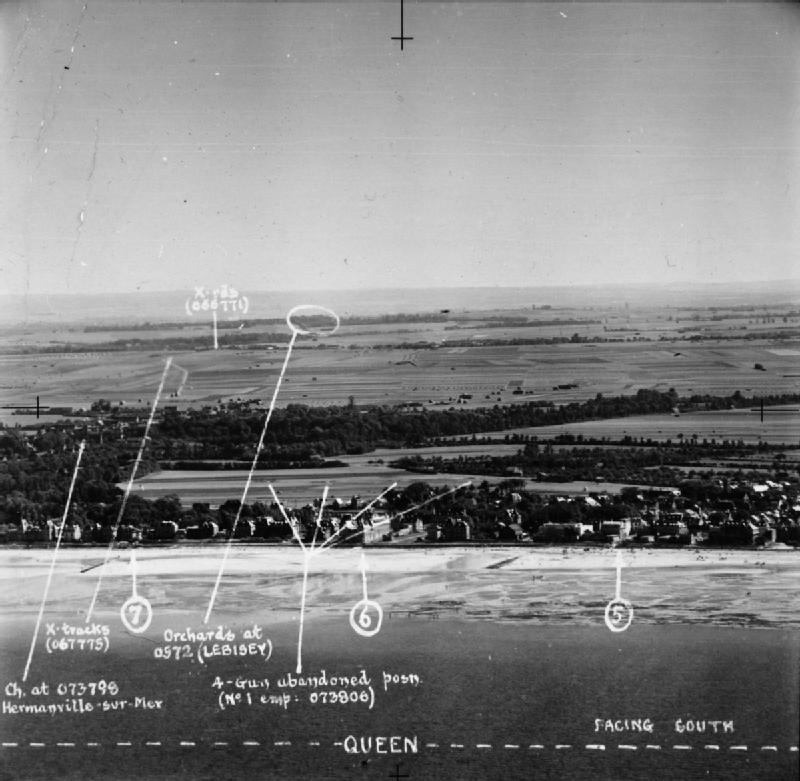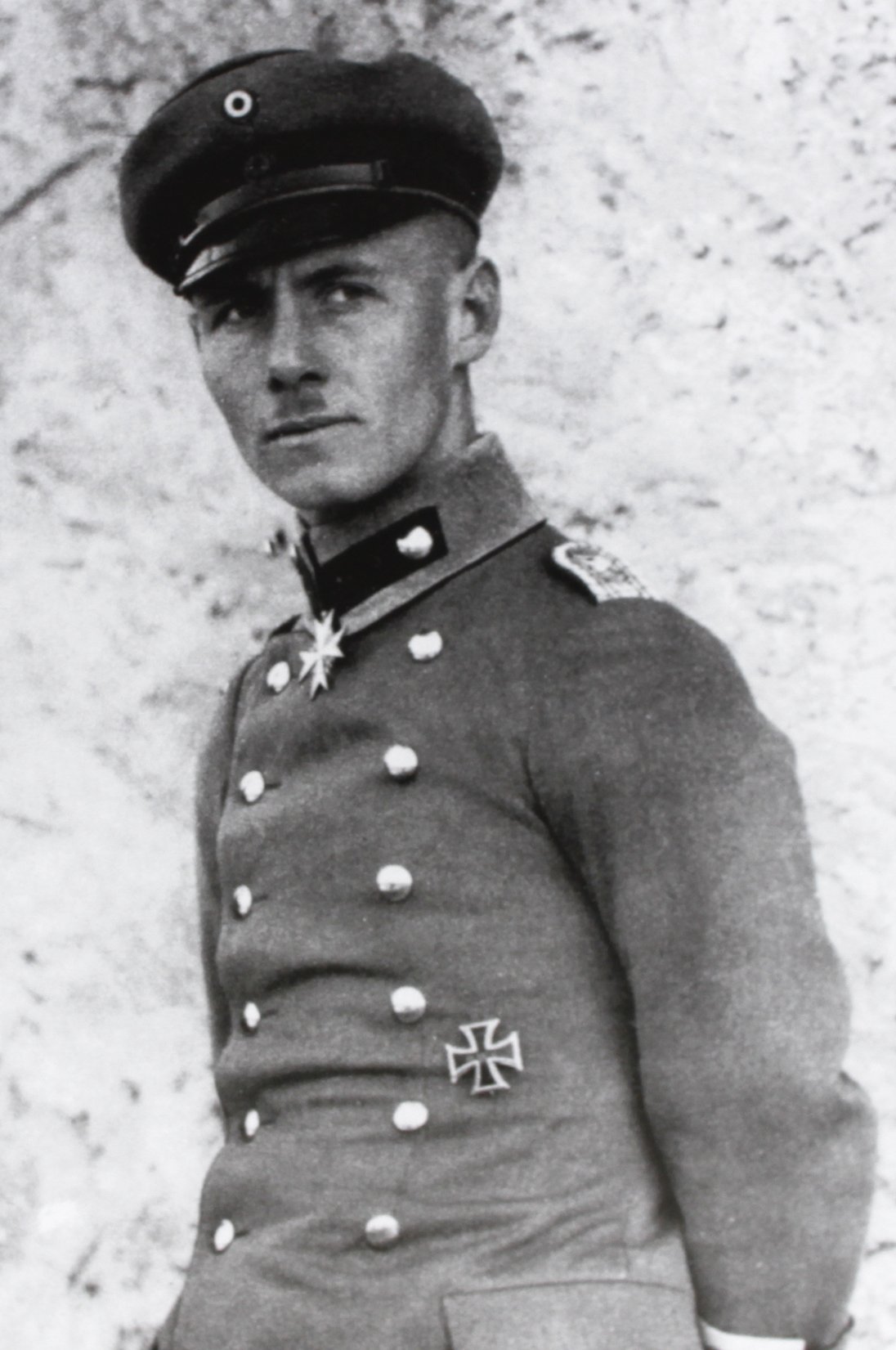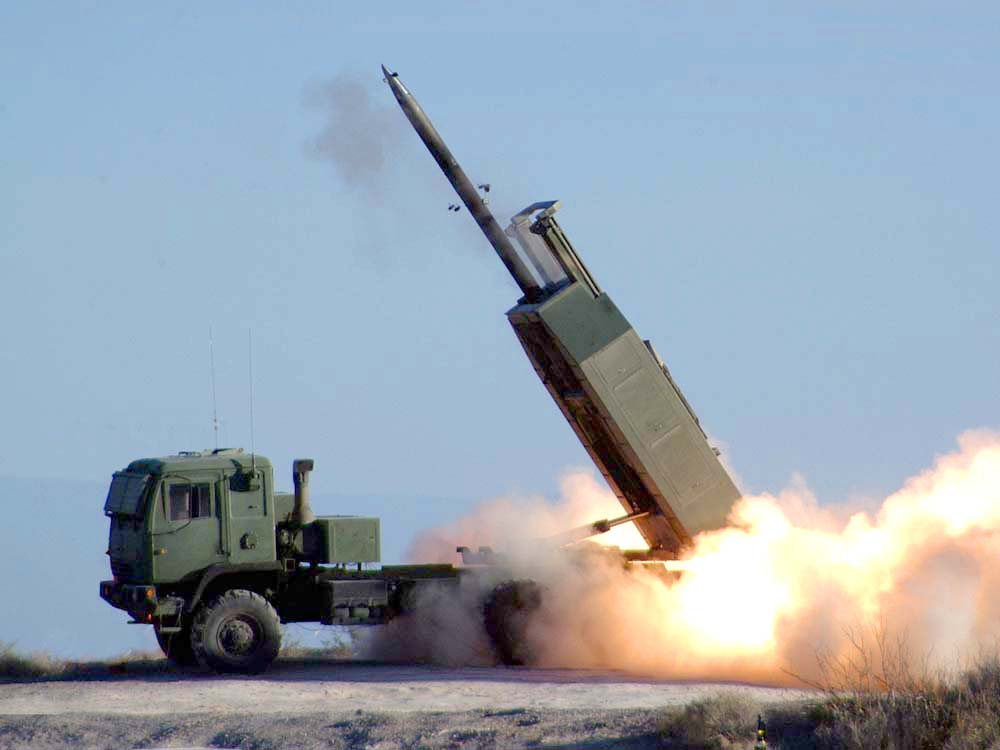|
8 Cm Raketen-Vielfachwerfer
The ''8 cm Raketen-Vielfachwerfer'' was a German rocket launcher of the Second World War. The launcher was a near-copy of the Soviet BM-8 Katyusha rocket launcher produced under the influence of the Waffen SS. History The Soviet BM-8 Katyusha rocket launchers first encountered during Operation Barbarossa left a big impression on the invading Germans. Proposals to copy the Katyusha for German use were soon made but there wasn't much spare industrial capacity available for new projects. There also wasn't a great deal of enthusiasm for the project because the German Army had already committed to the production of spin-stabilized rocket systems such as the 15 cm ''Nebelwerfer'' 41. Since the Waffen-SS was the military wing of the Nazi Party it was often in competition with the German armed forces (''Wehrmacht'') for resources. The Waffen-SS often used its political influence to create its own network of suppliers outside the influence of the ''Wehrmacht'' to supply its troops. A ... [...More Info...] [...Related Items...] OR: [Wikipedia] [Google] [Baidu] |
Nazi Germany
Nazi Germany, officially known as the German Reich and later the Greater German Reich, was the German Reich, German state between 1933 and 1945, when Adolf Hitler and the Nazi Party controlled the country, transforming it into a Totalitarianism, totalitarian dictatorship. The Third Reich, meaning "Third Realm" or "Third Empire", referred to the Nazi claim that Nazi Germany was the successor to the earlier Holy Roman Empire (800–1806) and German Empire (1871–1918). The Third Reich, which the Nazis referred to as the Thousand-Year Reich, ended in May 1945, after 12 years, when the Allies of World War II, Allies defeated Germany and entered the capital, Berlin, End of World War II in Europe, ending World War II in Europe. After Hitler was appointed Chancellor of Germany in 1933, the Nazi Party began to eliminate political opposition and consolidate power. A 1934 German referendum confirmed Hitler as sole ''Führer'' (leader). Power was centralised in Hitler's person, an ... [...More Info...] [...Related Items...] OR: [Wikipedia] [Google] [Baidu] |
Wehrmacht
The ''Wehrmacht'' (, ) were the unified armed forces of Nazi Germany from 1935 to 1945. It consisted of the German Army (1935–1945), ''Heer'' (army), the ''Kriegsmarine'' (navy) and the ''Luftwaffe'' (air force). The designation "''Wehrmacht''" replaced the previously used term (''Reich Defence'') and was the manifestation of the Nazi regime's efforts to German rearmament, rearm Germany to a greater extent than the Treaty of Versailles permitted. After the Adolf Hitler's rise to power, Nazi rise to power in 1933, one of Adolf Hitler's most overt and bellicose moves was to establish the ''Wehrmacht'', a modern offensively-capable armed force, fulfilling the Nazi regime's long-term goals of regaining lost territory as well as gaining new territory and dominating its neighbours. This required the reinstatement of conscription and massive investment and Military budget, defence spending on the arms industry. The ''Wehrmacht'' formed the heart of Germany's politico-military po ... [...More Info...] [...Related Items...] OR: [Wikipedia] [Google] [Baidu] |
Rocket Artillery
Rocket artillery is artillery that uses rockets as the projectile. The use of rocket artillery dates back to medieval China where devices such as fire arrows were used (albeit mostly as a psychological weapon). Fire arrows were also used in multiple launch systems and transported via carts. In the late nineteenth century, due to improvements in the power and range of conventional artillery, the use of early military rockets declined; they were finally used on a small scale by both sides during the American Civil War. Modern rocket artillery was first employed during World War II, in the form of the German Nebelwerfer family of rocket ordnance designs, Soviet Katyusha-series and numerous other systems employed on a smaller scale by the Western allies and Japan. In modern use, the rockets are often guided by an internal guiding system or GPS in order to maintain accuracy. History Early history The use of rockets as some form of artillery dates back to medieval China where devices ... [...More Info...] [...Related Items...] OR: [Wikipedia] [Google] [Baidu] |
Sword Beach
Sword, commonly known as Sword Beach, was the code name given to one of the five main landing areas along the Normandy coast during the initial assault phase, Operation Neptune, of Operation Overlord. The Allied invasion of German-occupied France commenced on 6 June 1944. Stretching from Ouistreham to Saint-Aubin-sur-Mer, Calvados, Saint-Aubin-sur-Mer, the beach proved to be the easternmost landing site of the invasion after the abortion of an attack on a sixth beach, code-named Band. Taking Sword was to be the responsibility of the British Army with sea transport, mine sweeping and a naval List of ships in Sword Bombardment Group, bombardment force provided by the British Royal Navy as well as elements from the Polish Navy, Polish, Royal Norwegian Navy, Norwegian and other Allied navies. Among the five beaches of the operation, Sword is the nearest to Caen, about from the goal of the 3rd Infantry Division. The landings were achieved with low Allied casualties but the advance ... [...More Info...] [...Related Items...] OR: [Wikipedia] [Google] [Baidu] |
Erwin Rommel
Johannes Erwin Eugen Rommel (; 15 November 1891 – 14 October 1944), popularly known as The Desert Fox (, ), was a German '' Generalfeldmarschall'' (field marshal) during World War II. He served in the ''Wehrmacht'' (armed forces) of Nazi Germany, as well as in the ''Reichswehr'' of the Weimar Republic, and the army of Imperial Germany. Rommel was a highly decorated officer in World War I and was awarded the ''Pour le Mérite'' for his actions on the Italian Front. In 1937, he published his classic book on military tactics, '' Infantry Attacks'', drawing on his experiences in that war. In World War II, he commanded the 7th Panzer Division during the 1940 invasion of France. His leadership of German and Italian forces in the North African campaign established his reputation as one of the ablest tank commanders of the war, and earned him the nickname ''der Wüstenfuchs'', "the Desert Fox". Among his British adversaries he had a reputation for chivalry, and his phrase ... [...More Info...] [...Related Items...] OR: [Wikipedia] [Google] [Baidu] |
8 Cm Raketen Sprenggranate
8 (eight) is the natural number following 7 and preceding 9. Etymology English ''eight'', from Old English '', æhta'', Proto-Germanic ''*ahto'' is a direct continuation of Proto-Indo-European '' *oḱtṓ(w)-'', and as such cognate with Greek and Latin , both of which stems are reflected by the English prefix oct(o)-, as in the ordinal adjective ''octaval'' or ''octavary'', the distributive adjective is ''octonary''. The adjective ''octuple'' (Latin ) may also be used as a noun, meaning "a set of eight items"; the diminutive ''octuplet'' is mostly used to refer to eight siblings delivered in one birth. The Semitic numeral is based on a root ''*θmn-'', whence Akkadian ''smn-'', Arabic ''ṯmn-'', Hebrew ''šmn-'' etc. The Chinese numeral, written (Mandarin: ''bā''; Cantonese: ''baat''), is from Old Chinese ''*priāt-'', ultimately from Sino-Tibetan ''b-r-gyat'' or ''b-g-ryat'' which also yielded Tibetan '' brgyat''. It has been argued that, as the cardinal num ... [...More Info...] [...Related Items...] OR: [Wikipedia] [Google] [Baidu] |
Venturi Effect
The Venturi effect is the reduction in fluid pressure that results when a moving fluid speeds up as it flows from one section of a pipe to a smaller section. The Venturi effect is named after its discoverer, the Italian physicist Giovanni Battista Venturi, and was first published in 1797. The effect has various engineering applications, as the reduction in pressure inside the constriction can be used both for measuring the fluid flow and for moving other fluids (e.g. in a vacuum ejector). Background In inviscid fluid dynamics, an incompressible fluid's velocity must ''increase'' as it passes through a constriction in accord with the principle of mass continuity, while its static pressure must ''decrease'' in accord with the principle of conservation of mechanical energy (Bernoulli's principle) or according to the Euler equations. Thus, any gain in kinetic energy a fluid may attain by its increased velocity through a constriction is balanced by a drop in pressure because ... [...More Info...] [...Related Items...] OR: [Wikipedia] [Google] [Baidu] |
Cordite
Cordite is a family of smokeless propellants developed and produced in Britain since 1889 to replace black powder as a military firearm propellant. Like modern gunpowder, cordite is classified as a low explosive because of its slow burning rates and consequently low brisance. These produce a subsonic deflagration wave rather than the supersonic detonation wave produced by brisants, or high explosives. The hot gases produced by burning gunpowder or cordite generate sufficient pressure to propel a bullet or shell to its target, but not so quickly as to routinely destroy the barrel of the gun. Cordite was used initially in the .303 British, Mark I and II, standard rifle cartridge between 1891 and 1915. Shortages of cordite in World War I led to the creation of the "Devil's Porridge" munitions factory ( HM Factory, Gretna) on the English–Scottish border, which produced around 800 tonnes of cordite per week. The UK also imported some United States–developed smokeless ... [...More Info...] [...Related Items...] OR: [Wikipedia] [Google] [Baidu] |
Alfred Becker
Alfred Becker (20 August 1899 – 26 December 1981) was a German engineer and artillery officer who served during the First and Second World Wars. During the Second World War he took captured British and French vehicles and refurbished and rebuilt them to supply the German army with armoured fighting vehicles. With his engineering and organizational skills, he converted the Hotchkiss plant on the outskirts of Paris into a vehicle modification and fabrication center. He used the vehicles to motorize German guns, rocket launchers and mortars. Working with Altmärkische Kettenwerk Gmbh (Alkett), steel shielding was shipped from Germany to armour the vehicles. The men from his artillery command did the metal work and conversion on 1,800 recovered vehicles. During the winter of 1943-44 Becker's work focused on equipping the 21st Panzer Division. He used the tracked carriages of French light tanks to mobilize the 7.5 cm Pak 40 anti-tank gun and the 10.5 cm leFH 18 howitzer. Beck ... [...More Info...] [...Related Items...] OR: [Wikipedia] [Google] [Baidu] |
Nazi Party
The Nazi Party, officially the National Socialist German Workers' Party ( or NSDAP), was a far-right politics, far-right political party in Germany active between 1920 and 1945 that created and supported the ideology of Nazism. Its precursor, the German Workers' Party (; DAP), existed from 1919 to 1920. The Nazi Party emerged from the Extremism, extremist German nationalism, German nationalist ("Völkisch nationalism, ''Völkisch'' nationalist"), racism, racist, and populism, populist paramilitary culture, which fought against communism, communist uprisings in post–World War I Germany. The party was created to draw workers away from communism and into nationalism. Initially, Nazi political strategy focused on anti-big business, anti-bourgeoisie, and anti-capitalism, disingenuously using socialist rhetoric to gain the support of the lower middle class; it was later downplayed to gain the support of business leaders. By the 1930s, the party's main focus shifted to Antisemit ... [...More Info...] [...Related Items...] OR: [Wikipedia] [Google] [Baidu] |
Multiple Rocket Launcher
A multiple rocket launcher (MRL) or multiple launch rocket system (MLRS) is a type of rocket artillery system that contains multiple rocket launcher, launchers which are fixed to a single weapons platform, platform, and shoots its rocket (weapon), rocket ordnance in a fashion similar to a volley gun. Rockets are self-propelled in flight and have different capabilities than conventional artillery shell (projectile), shells, such as longer effective range, lower recoil, typically considerably higher payload than a similarly sized gun artillery platform, or even carrying multiple warheads. Unguided rocket artillery is notoriously inaccurate and slow to reload compared to gun artillery. A multiple rocket launcher helps compensate for this with its ability to launch multiple rockets in rapid succession, which, coupled with the large blast radius, kill zone of each warhead, can easily deliver saturation fire over a target area. However, modern rockets can use GPS or inertial guidance t ... [...More Info...] [...Related Items...] OR: [Wikipedia] [Google] [Baidu] |
15 Cm Nebelwerfer 41
The 15 cm Nebelwerfer 41 (15 cm NbW 41) was a German multiple rocket launcher used in the Second World War. It served with units of the ''Nebeltruppen'', German Chemical Corps units that had the responsibility for poison gas and smoke weapons that were also used to deliver high-explosives during the war. The name ''Nebelwerfer'' is best translated as "smoke thrower". Allied troops nicknamed it ''Screaming Mimi'' and ''Moaning Minnie'' due to its distinctive sound.Bull, p. 189 Development Rocket development had begun during the 1920s and reached fruition in the late-1930s. These offered the opportunity for the Nebeltruppen to deliver large quantities of poison gas or smoke simultaneously. The first weapon to be delivered to the troops was the 15 cm Nebelwerfer 41 in 1940, after the Battle of France, a purpose-designed rocket with gas, smoke, and high-explosive warheads. It was fired from a six-tube launcher mounted on a towed carriage adapted from that used by the ... [...More Info...] [...Related Items...] OR: [Wikipedia] [Google] [Baidu] |
